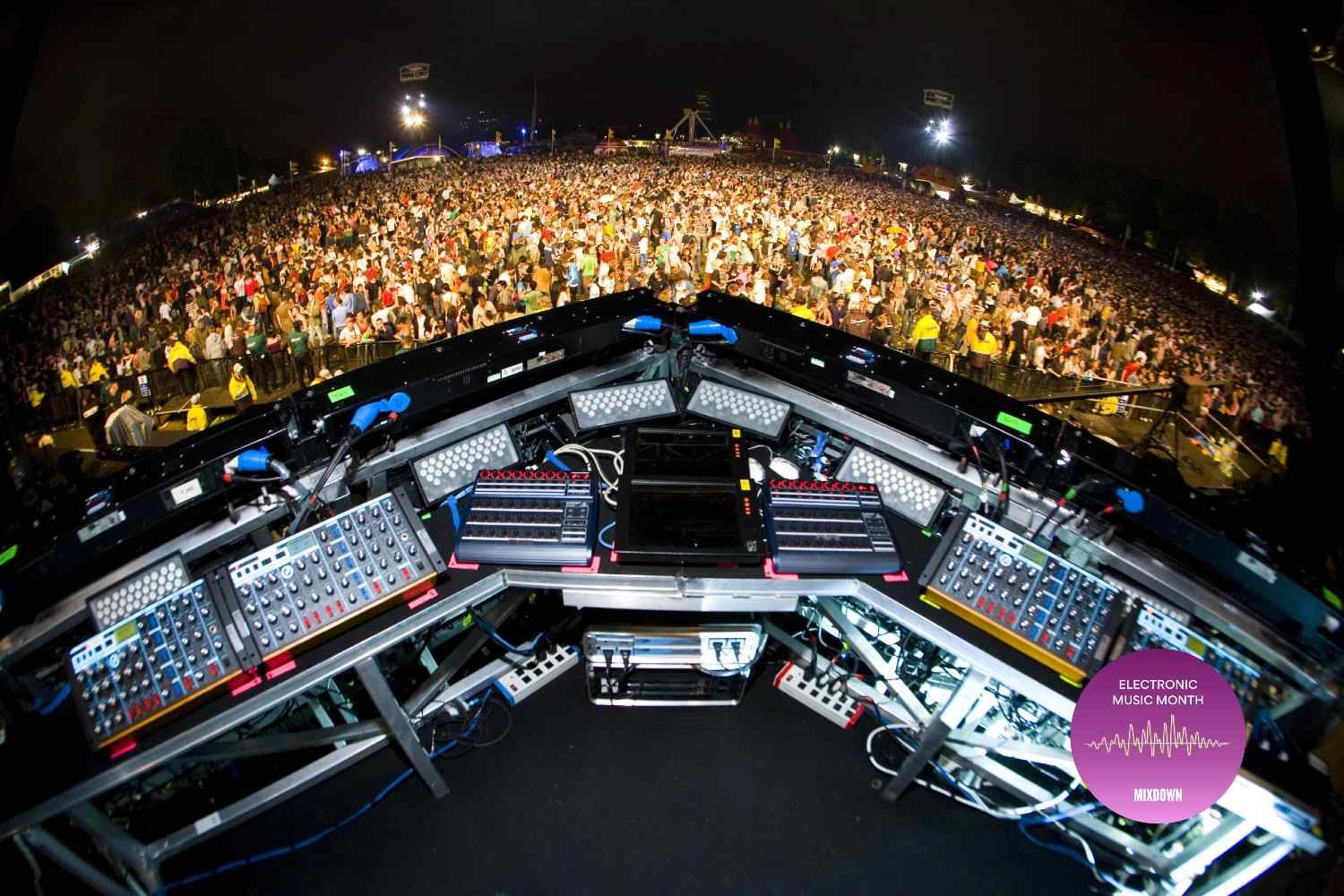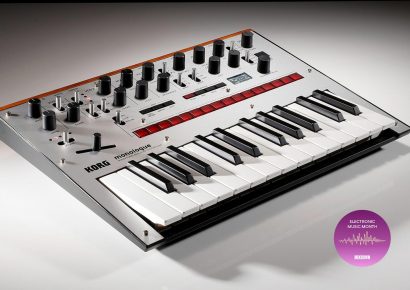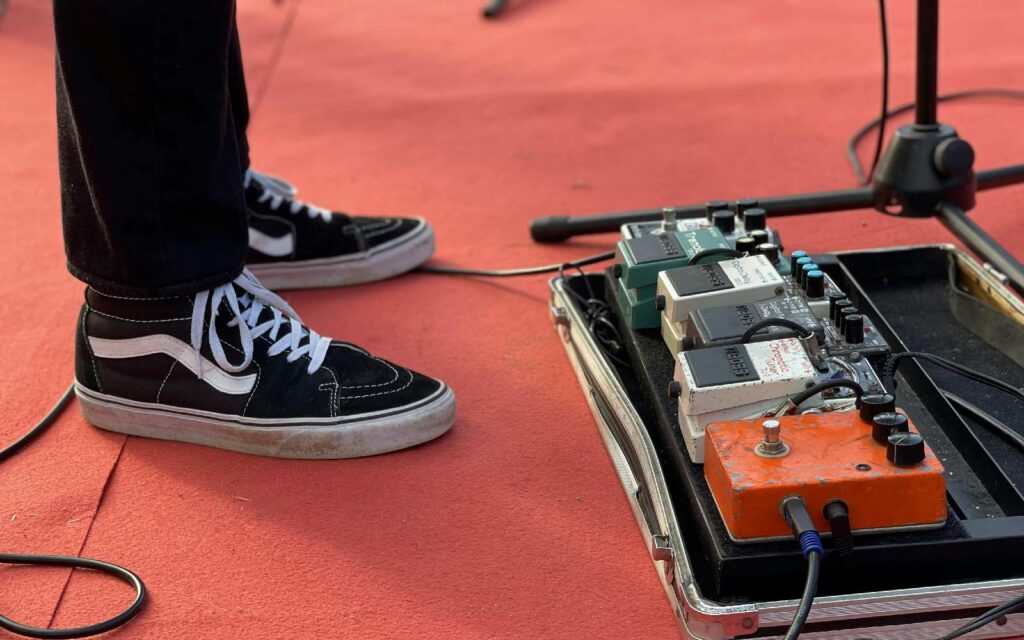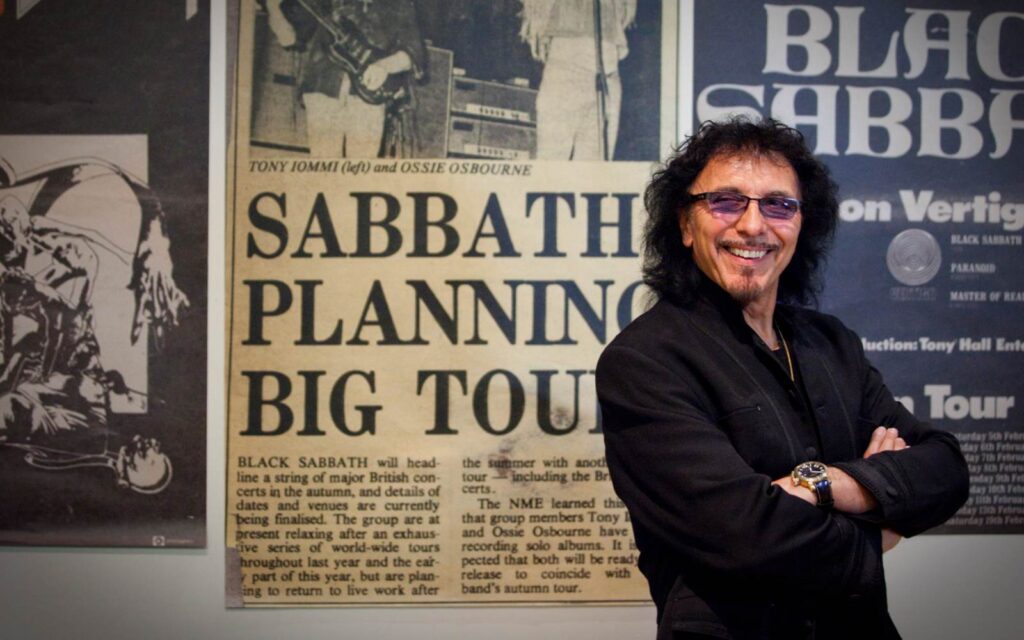The ultimate guide to understanding what MIDI is and its function in modern synthesis
Musical Instrument Digital Interface (MIDI) was born of a desire to help synthesisers communicate with each other. While Control Voltage (CV) had been used since the early days of synthesisers in the 1940s, it was non-standardised (some manufacturers used one volt per octave while others used five volts) and didn’t suit the polyphonic synths of the early ’80s.
CV is a monophonic transmission – it’s simply an electric current that dictates how high or low the pitch of an oscillator, while Gate triggers the envelopes. To produce a CV/Gate sequencer to control a polyphonic synthesiser, you need multiple outputs of each signal that correspond to the amount of voices the synth has. So for a six-voice polysynth, you would need 12 terminals; six CV outputs, and six Gate outputs. Crudely inefficient.
Summary:
- Non-standardised Control Voltage borne the desire to create a system to help synths communicate.
- Musical Instrument Digital Interface (MIDI) served just that purpose after being created by Dave Smith and Roland’s Ikutaro Kakehashi.
- MIDI channels allows you to sequence multiple synthesisers or drum machines at once
Read all the latest features, columns and more here.
Aside of simple CV/Gate control, vintage gear of the late ’70s and early ’80s often had simple step sequencers or arpeggiators which could be triggered by drum machines or other sequencers. The triggers for these were almost standardised, with Roland, Oberheim, and Sequential using V-Trig (volt positive) and Korg and Moog using S-Trig (short trigger).
A common hack for producers lacking the required S-Trig to V-Trig converter cable was to record a sample of the trigger or often a drum machine’s rimshot output would function. While the ability to switch triggers timing up on the fly gives sequences an unpredictable, polyrhythmic feel that led to countless iconic techno, electro, and synth-pop riffs, its limitations were inspiring further technological innovation.
MIDI: A constructive collaboration
Oberheim had its ‘System’ to sync up its drum machines and sequencers, Roland had its ‘DCB’ and ‘DIN Sync’, but these systems could only speak to themselves. Dave Smith envisioned that with a little collaboration and some elegant simplicity, they could create a standard that meant all these instruments could talk to each other.
He published a paper on MIDI in 1981, before pioneering the implementation with Roland’s Ikutaro Kakehashi. In 1982, the Sequential Circuits Prophet 600 was released; the first instrument with MIDI. The Roland Jupiter 6 followed later that year and at the NAMM show in 1983, they successfully played the latter with the former – a new era of interconnectivity dawned. In 1985, to help facilitate MIDI’s implementation, the MIDI Manufacturers Association was founded. MIDI was, by design, very cheap and relatively simple, so that manufacturers would favour it over alternative designs and by the late ’80s it was the ubiquitous interface of electronic instruments.
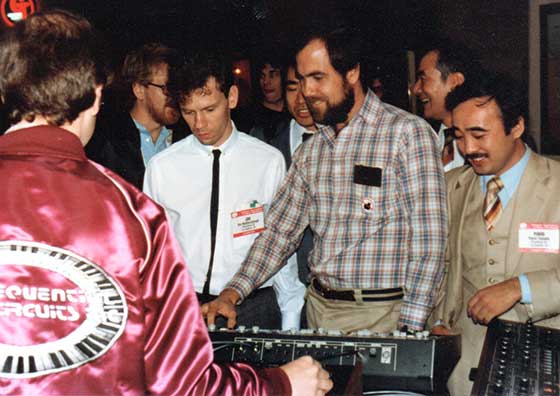
Today, we use MIDI to connect separate elements of our studios to suit purposes and applications as individual as our creative output. It can be communicated through many formats: the classic five-pin DIN plug, over USB, through a 3.5mm jack, or even via Bluetooth. From high end studios to experimental sound art installations, it remains the central method for transmitting digitised musical information.
Most readers will know MIDI as the necessary hurdle to make their controller speak to their DAW or the way to keep their various sequencers in sync, but it’s so much more. Aside from conventional keyboards and beatpads, there are microtonal MIDI instruments, expressive controllers that sense multi-directional touch, MIDI-gloves to turn every synth into a theremin, and there’s even a company making probes that convert biodata from plants into MIDI.
MIDI in practice
It all begins with assigning a MIDI channel to each electronic instrument in your studio. This allows you to sequence multiple synthesisers or drum machines at once and also provides a reference point that tells you which instrument you were using if you forgot to make note of that. For example, in my modest home studio, Channel 4 is reserved for the Roland Alpha Juno, which means whichever sequencer I’m using, I know if I see a track with MIDI information on channel 4, that it corresponds to specifically that synthesiser. At Mixdown we love our note-taking however, and will usually add the synth name to the sequencer track for good measure, especially useful if you’re muting and un-muting while recording.
Program Change messages select different programs or presets, which is very useful for live applications where you don’t have time to manually change the preset on each synthesiser. In the studio, it’s a superior way to recall the correct patch for its corresponding sequence, far more immediate than having to make preset notes for each sequence you create.
Program Changes select different patch numbers which might correlate to any type of sound or program, but with General MIDI they relate to specific instrument types. General MIDI was released in 1991, after development by the MIDI Manufacturers Association and the Japanese MIDI Standards Committee. General MIDI instruments allow composers to specify these instruments via Program Change message, meaning large compositions can be stored in the efficiently tiny file sizes MIDI creates. General MIDI is typically found in workstations and home keyboards more than high-end synthesisers.
Taking control with MIDI
Control Change or CC messages are used to dictate changes to instrument parameters. These became commonplace around the mid-to-late-nineties and offer the easiest way to remotely control various engine functions such as filter cutoff or envelope variables. They’re a great way to make sequences more dynamic by automating the way the sound evolves throughout a sequence, whether it’s shifting the pulse width modulation speed to build intensity or opening a bassline envelope up before a drop. Following on from our earlier example, the Roland Alpha Juno from 1986 can receive Program Change but not Control Change messages. Boasting a powerful synth engine but lacking in tactile control, Roland synths of the mid-’80s onwards had dedicated hardware controllers, the Roland PG-300 allowing this functionality for the Alpha Juno. These controllers work by sending System Exclusive Data, commonly abbreviated to Sys-Ex.
Sys-Ex is comprised of hexadecimal code strings and as the name suggests, these are unique to each instrument. If the idea of learning complex code just to change the waveform of your oscillators sounds a little daunting, you’re not alone. Many modern MIDI Controllers often can automatically map this information with MIDI Learn functions, such as the popular Behringer BCR2000 (made famous by Daft Punk utilising multiple units in their touring pyramid setup back in 2006). These controllers can automatically map the Sys-Ex data being output by a synth function to the selected knob or fader, which then has its mode and range dialed in.
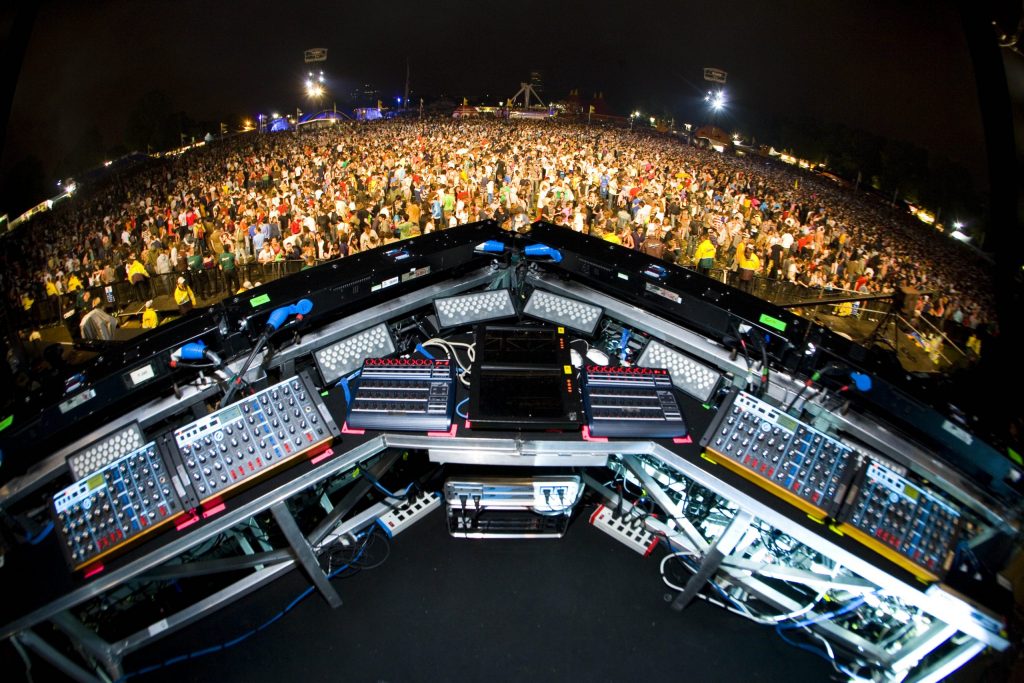
When we combine all these functions with todays powerful controllers, DAWs and standalone sequencers, a wealth of creative options become available to us. Re-routing FX, resetting sequences, increasing trigger probabilities – the possibilities are almost endless.
A common alternative to tactile MIDI controllers is an iPad setup, with many iOS apps available to handle user Sys-Ex needs and many audio producers already having tablets integrated into their digital mixer workflow. One of the most common uses of Sys-Ex is patch data. It’s a good idea to backup your synth presets in case of battery failure and the way you can send patch banks if you’re looking for some fresh presets. Speaking of presets, I can’t recommend our Polish synth overlord Jexus presets highly enough.
Control Voltage is making a comeback thanks to the rising popularity of modular synthesisers. Being a purely electrical signal, CV signals can be mixed together, attenuated, or amplified to modulate other synthesiser functions. This creative flexibility is the heart of what makes modular synthesisers so much fun, leading to sonic experiments in strange and wonderful places.
Random voltage and sample and hold circuits offer a great way to introduce unpredictable modulation which can be mixed in with set sequences. MIDI to CV converters allow users to control CV exclusive machines from MIDI sequencers but equally as powerful are CV to MIDI converters. These allow us to take elements of modular synths or sequencers and control MIDI instruments – everything from digital synthesisers to VSTs.
Innovation continues
In 2016 MIDI 2.0 was released, which focused on allowing bi-directional exchange of profile information, using Capability Inquiry messages to be sent back and forth between MIDI 2.0 devices so they can auto-configure themselves. One of the limitations of MIDI 1.0 was buffer speeds, which could be overloaded while sending large Sys-Ex messages. Imagine the horror of having an out-of-production obscure German-made groovebox freeze while you’re trying to update the firmware, because the buffer overloaded and effectively brick the machine. I pray to MIDI 2.0 you never know this pain!
In 2013, Ikutaro Kakehashi and Dave Smith were awarded a Technical Grammy for the invention of MIDI. It’s made modern electronic music production what it is today and continues to evolve; from Elektron’s powerful Overbridge software to fit-inducing MIDI to DMX lighting setups, there’s never been more options for using this flexible conduit to make some noise.

Head here for more on MIDI and CV.
